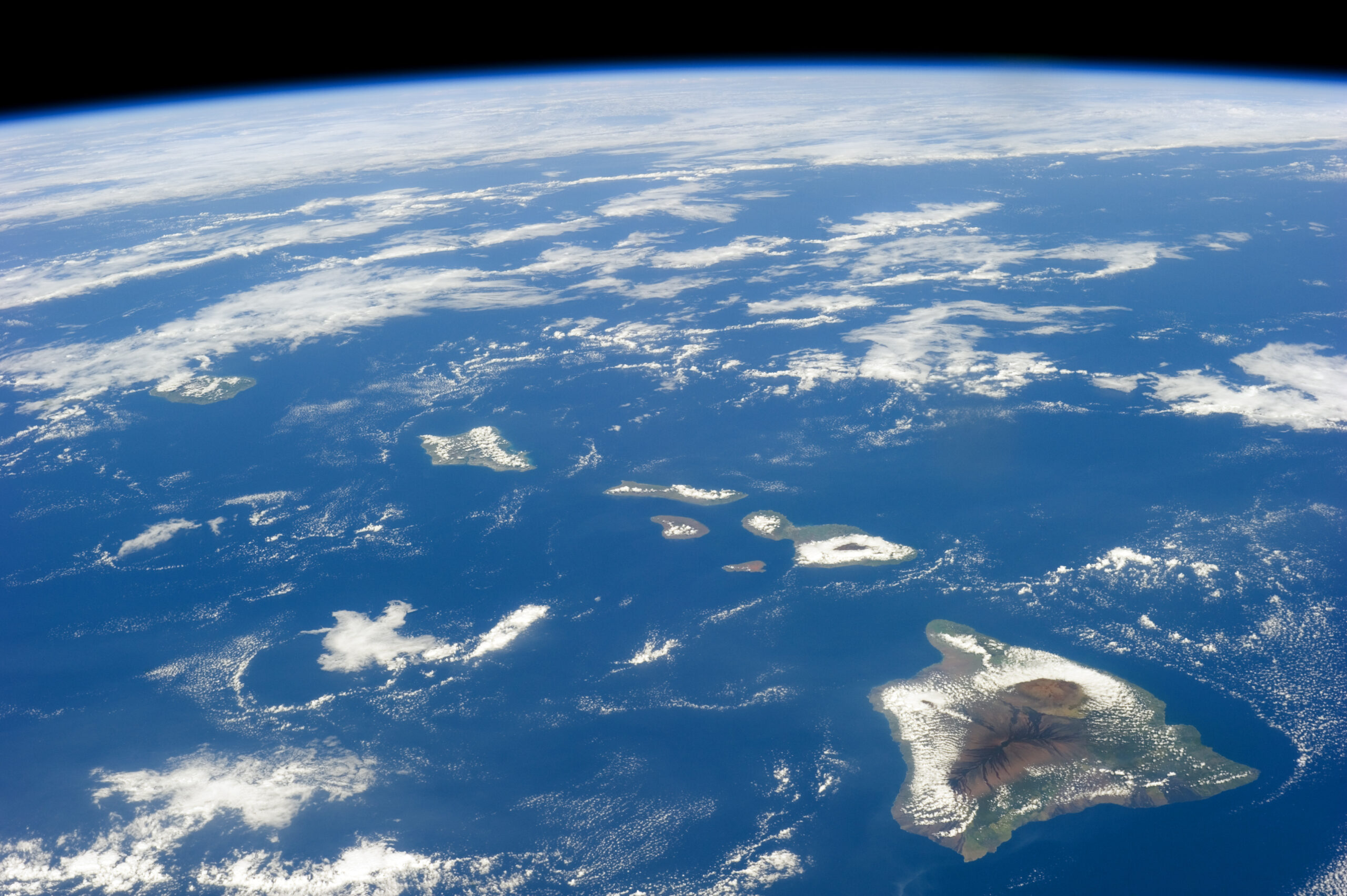Table of Contents
The Hawaiian Islands, a captivating archipelago located in the central Pacific Ocean, are among the most iconic travel destinations in the world. With their lush tropical landscapes, volcanic peaks, pristine beaches, and rich cultural heritage, the islands offer a unique blend of natural beauty and human history that continues to enchant visitors and locals alike.
A Geographical Wonder
Hawaii is the 50th state of the United States and consists of 137 islands, though the primary focus lies on the eight major islands: Hawaiʻi (often referred to as the Big Island), Maui, Oʻahu, Kauaʻi, Molokaʻi, Lānaʻi, Niʻihau, and Kahoʻolawe. These islands were formed by volcanic activity over millions of years, as the Pacific tectonic plate slowly moved over a geological hotspot. The result is a chain of islands that vary widely in size, landscape, and ecosystem.
Each island possesses its own distinct character. The Big Island, for instance, is known for its active volcanoes, including Kīlauea and Mauna Loa, as well as diverse climates ranging from tropical rainforests to arid deserts. Maui offers lush valleys, dramatic coastal cliffs, and the iconic Haleakalā Crater. Oʻahu, home to the state capital Honolulu and the famous Waikīkī Beach, is a cultural and economic hub. Kauaʻi, often referred to as the "Garden Isle," is renowned for its stunning natural beauty, including the Nā Pali Coast and Waimea Canyon.
Oʻahu – The Heart of Hawaii
Home to the capital city, Honolulu, Oʻahu is the most populated and visited island in Hawaii. Known as “The Gathering Place,” Oʻahu blends urban sophistication with tropical beauty. Visitors can explore iconic Waikīkī Beach, surf the legendary North Shore waves, hike up Diamond Head Crater, or dive into history at Pearl Harbor. The island is also rich in nightlife, dining, shopping, and cultural experiences, making it an ideal destination for first-time visitors.

Maui – The Valley Isle
Maui is renowned for its lush landscapes, luxury resorts, and the scenic Road to Hāna. It’s the second-largest Hawaiian island and offers a perfect balance of adventure and relaxation. Nature lovers flock to Haleakalā National Park to witness the sunrise from the summit of the dormant volcano, while beachgoers enjoy the golden sands of Kāʻanapali and Wailea. During the winter months, Maui is also one of the best spots in the world for whale watching.

Here are many informational blogs of Maui we have posted:
Hawaiʻi (The Big Island) – The Island of Adventure
The Big Island lives up to its name — it’s larger than all the other islands combined. It boasts a diverse range of climates and terrains, from snow-capped mountains to black sand beaches and active lava flows. Hawaiʻi Volcanoes National Park is the crown jewel, where visitors can see Kīlauea and Mauna Loa, two of the world’s most active volcanoes. The Big Island is also a hub for astronomy, coffee farming (especially Kona coffee), and marine life encounters like manta ray night dives.
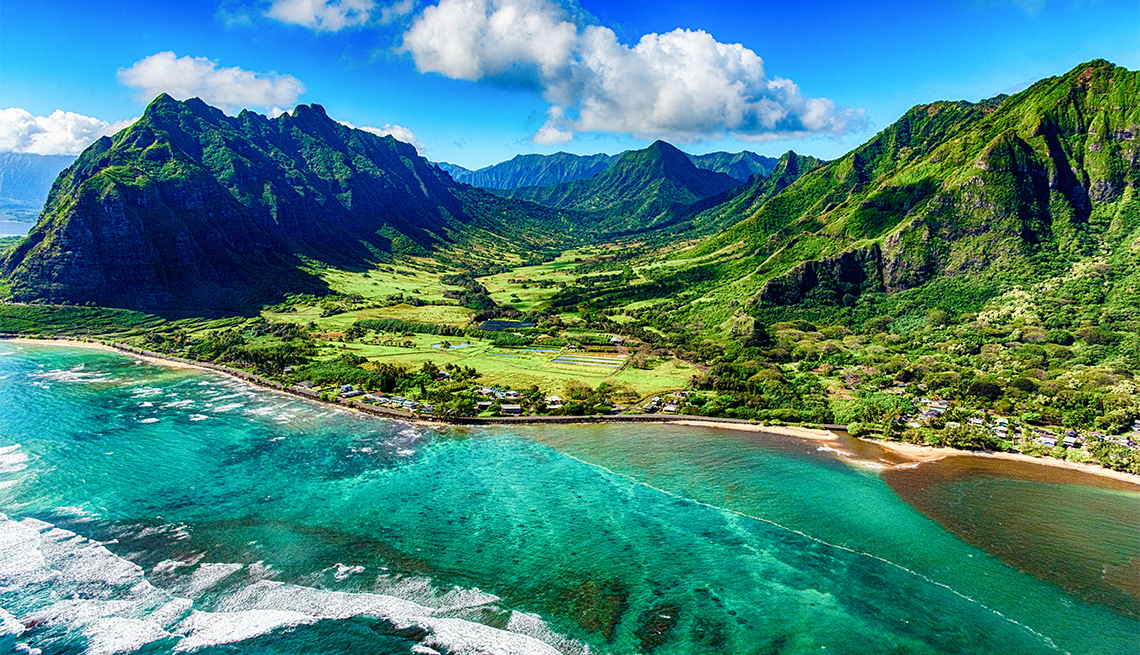
Kauaʻi – The Garden Isle
Kauaʻi is the oldest and most lush of the main islands, often dubbed “The Garden Isle” for its emerald valleys, waterfalls, and dense rainforests. It’s a paradise for hikers and nature lovers, offering jaw-dropping trails through the Nā Pali Coast and Waimea Canyon, also known as the “Grand Canyon of the Pacific.” With a more laid-back vibe, Kauaʻi is ideal for those looking to escape the crowds and reconnect with nature.
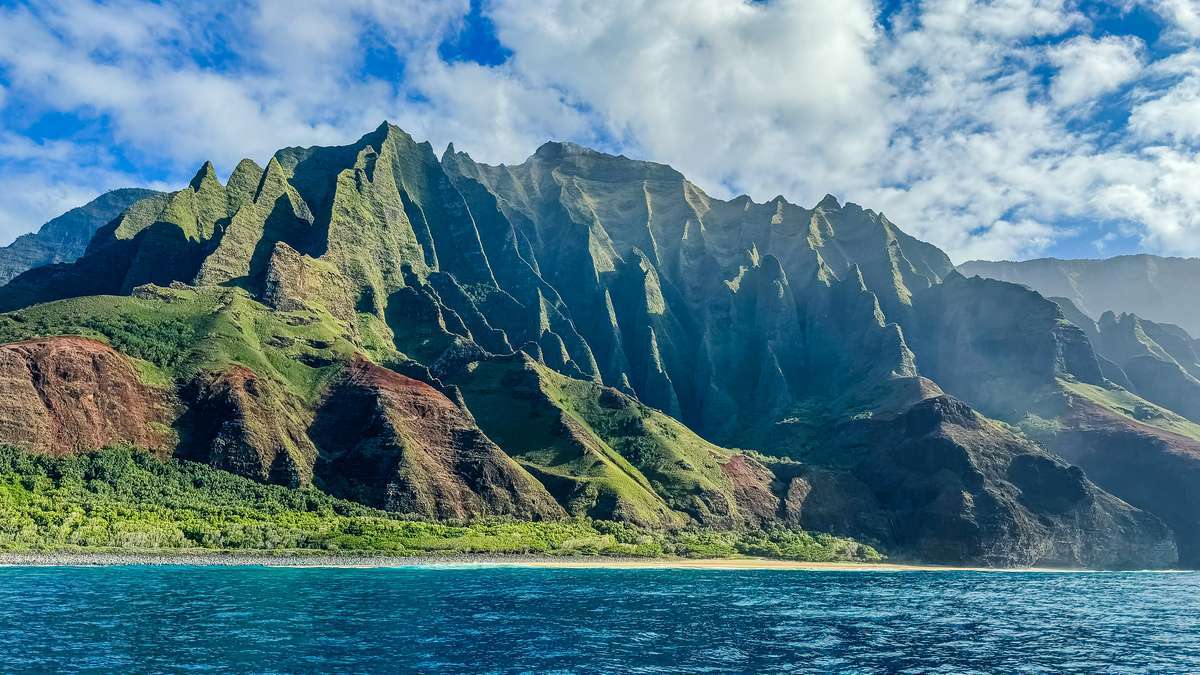
Lānaʻi – The Pineapple Isle
Once the world’s largest pineapple plantation, Lānaʻi today is a quiet, luxurious retreat. It’s one of the least populated islands and offers a tranquil atmosphere with upscale resorts, rugged landscapes, and off-the-beaten-path adventures. Visitors can explore Keahiakawelo (Garden of the Gods), go horseback riding, or snorkel in Hulopoʻe Bay. It’s a perfect getaway for privacy and pampering.
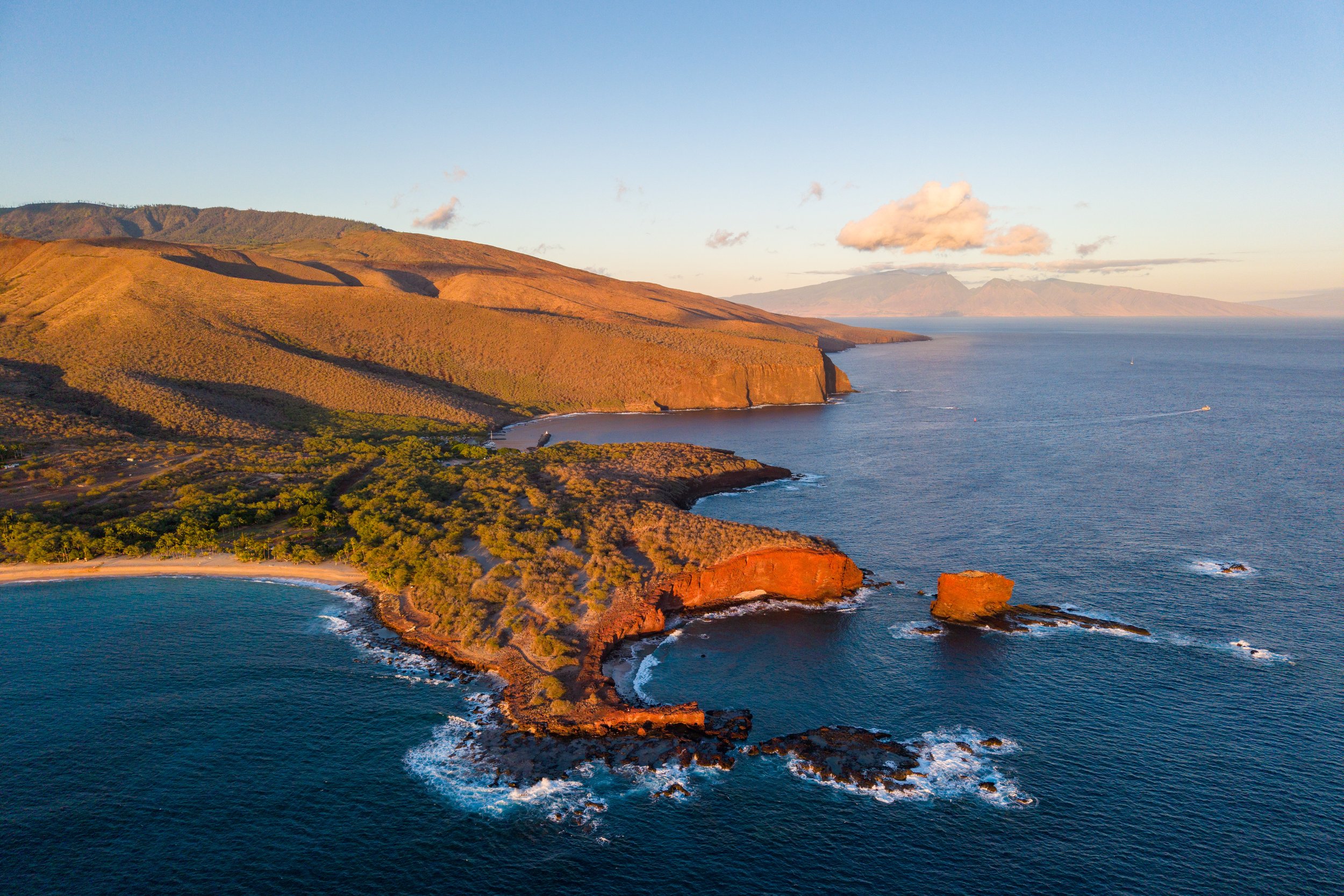
Molokaʻi – The Friendly Isle
Molokaʻi is a place where Hawaiian traditions and community values remain deeply rooted. Known as “The Friendly Isle,” it offers a glimpse into what Hawaii might have looked like decades ago. There are no major resorts or high-rise buildings — just unspoiled beauty and genuine aloha spirit. Highlights include Kalaupapa National Historical Park, Halawa Valley, and the tallest sea cliffs in the world.
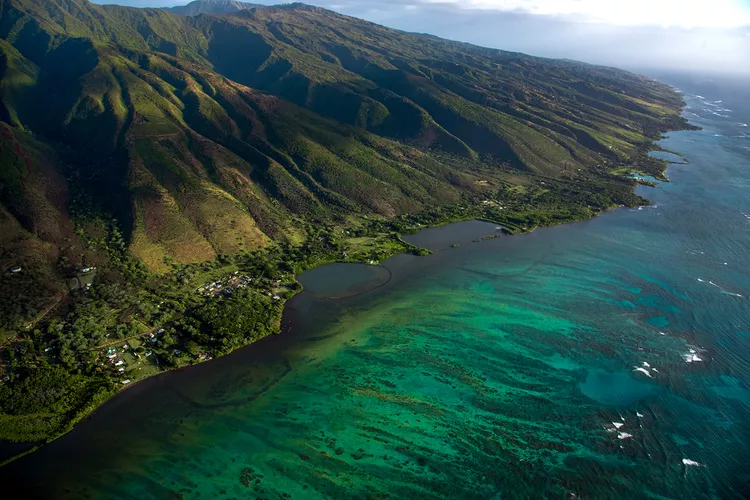
Niʻihau – The Forbidden Isle
Privately owned and off-limits to most tourists, Niʻihau is often referred to as “The Forbidden Isle.” With a small population of Native Hawaiians, the island has preserved traditional Hawaiian culture and language. Access is typically limited to invited guests or through helicopter tours. Its isolation makes it a place of cultural significance and mystery.
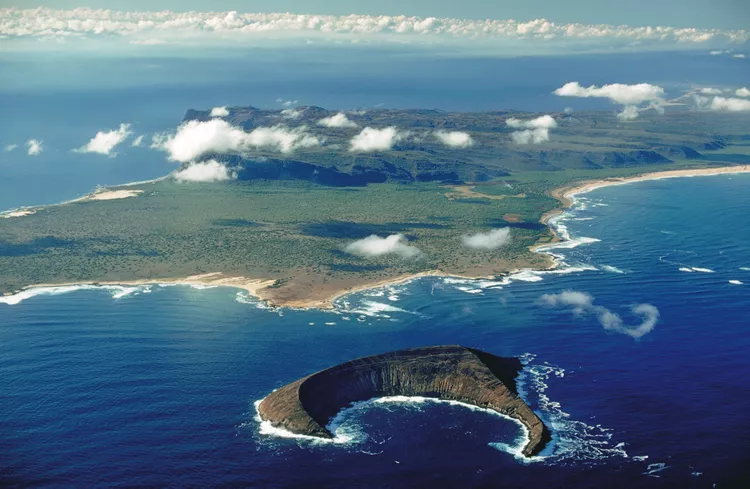
Kahoʻolawe – The Sacred Isle
Uninhabited and largely inaccessible, Kahoʻolawe has a complex history. Once used as a military training ground, it is now the focus of ongoing restoration efforts. Considered sacred by Native Hawaiians, it is not open to casual tourism, but serves as a symbol of cultural renewal and ecological healing.
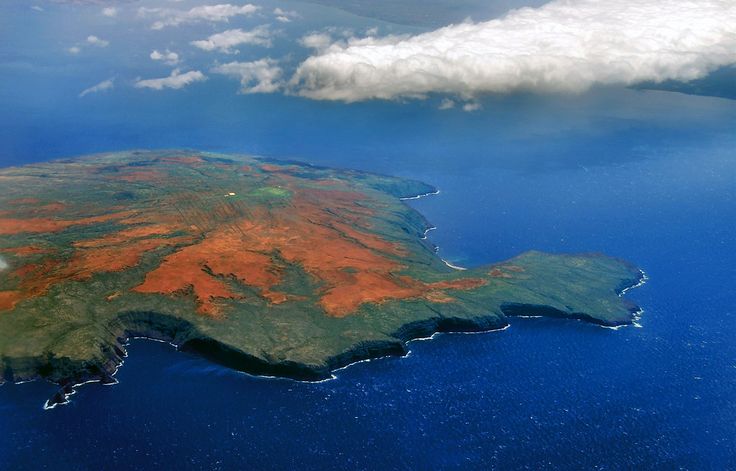
Cultural Richness and History
Beyond its natural allure, Hawaii holds a deeply rooted cultural legacy that traces back to Polynesian voyagers who first settled the islands around 1,500 years ago. These early settlers brought with them advanced knowledge of star navigation, agriculture, and societal organization, laying the foundation for a thriving indigenous culture.
The Hawaiian language, hula dance, traditional chants ('oli), and spiritual beliefs remain vital aspects of Hawaiian identity. While these traditions were once suppressed following Western colonization and the eventual annexation of Hawaii by the United States in 1898, there has been a powerful cultural renaissance in recent decades. Native Hawaiian communities have been working tirelessly to revitalize language and customs, advocating for greater recognition and sovereignty.
Visitors to Hawaii have the opportunity to engage with this living culture through authentic experiences such as attending a traditional lūʻau, visiting heiau (ancient temples), or exploring museums and cultural centers like the Bishop Museum in Honolulu or the Lyman Museum on the Big Island.
Ecological Diversity and Conservation
Hawaii is also one of the most ecologically diverse regions in the world. Due to its isolation and varied topography, it is home to a high number of endemic species — plants and animals found nowhere else on Earth. From the colorful Hawaiian honeycreepers to the endangered Hawaiian monk seal, the islands’ biodiversity is both fascinating and fragile.
However, this ecological uniqueness comes with challenges. Invasive species, climate change, and urban development have placed significant pressure on Hawaii’s native ecosystems. Conservation efforts are critical, and many organizations are actively involved in habitat restoration, native species protection, and sustainable tourism initiatives. Visitors can contribute by respecting local wildlife guidelines, participating in eco-tours, and supporting conservation-focused businesses.
The Spirit of Aloha
Central to Hawaiian culture is the concept of aloha, a word often used to say hello or goodbye, but which carries a much deeper meaning. Aloha represents love, compassion, respect, and a sense of connection between people and the natural world. This spirit of aloha is palpable across the islands and influences everything from interpersonal interactions to community values.
Embracing the spirit of aloha means more than enjoying a vacation in paradise — it encourages a respectful and mindful approach to travel, recognizing the importance of preserving Hawaii’s environment and honoring its indigenous heritage.
The Hawaiian Islands are far more than a postcard-perfect getaway. They are a living tapestry of geology, biodiversity, and cultural history that continues to evolve. Whether you're hiking through volcanic craters, swimming in coral reefs, or learning the stories of ancient Hawaiian chiefs, the islands offer countless opportunities for discovery and connection.
As tourism continues to shape the islands’ future, a commitment to responsible travel and cultural respect is essential. By engaging with the land and its people with intention and humility, visitors can ensure that the magic of Hawaii endures for generations to come.
If you would like to read and learn more about interesting things in Hawaii! Check out our blog page here on our website!
or
